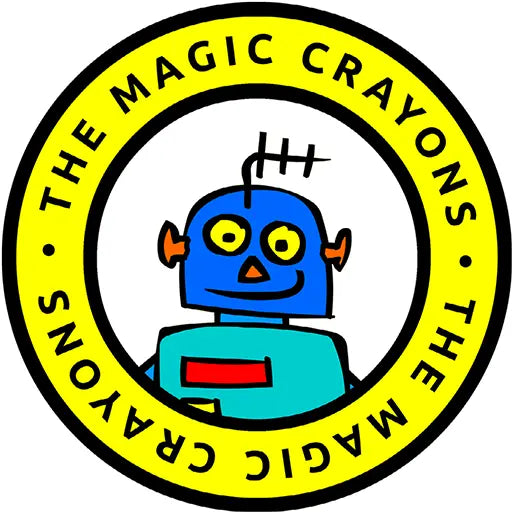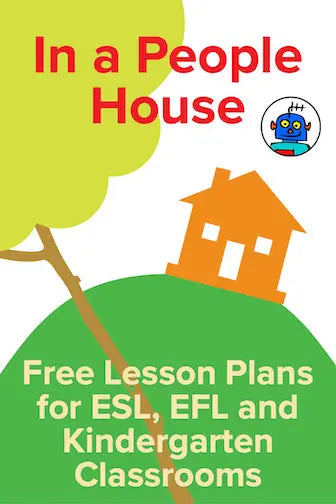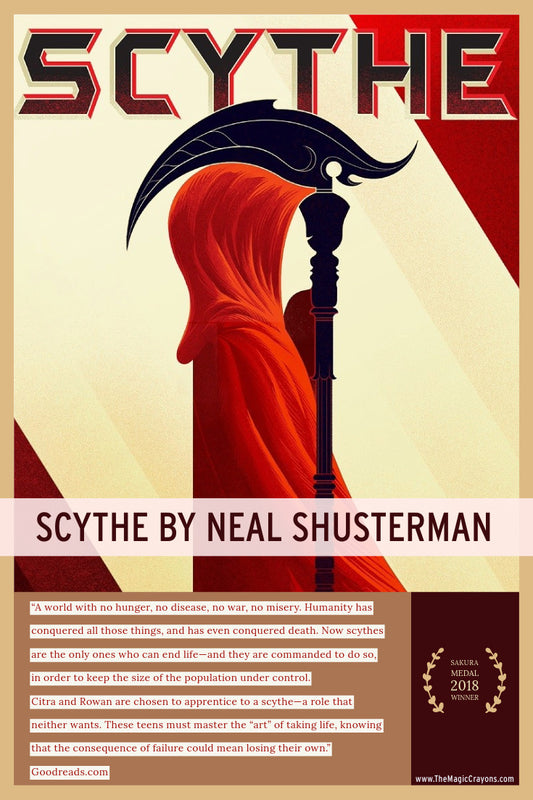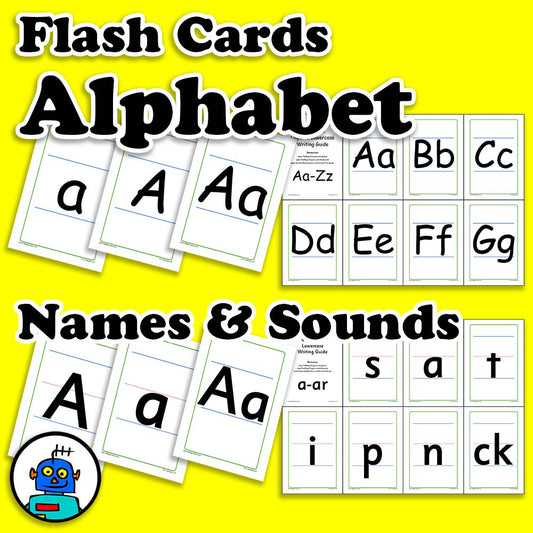Explore Fun and Educational Activities with 'In a People House' Book
This page includes a summary of the book, related activities and lesson ideas for educators, and tips for parents who want to use the book to teach their children about the world around them. The activities and lessons cover topics such as vocabulary, colors, shapes, animals, and community helpers. The page aims to help children develop a love of reading and learning through engaging activities based on the book.
Home > Lesson Plans > In A People House
-
Unit 1
Open the theme, by asking the class where they live, in a house? An apartment? Interview how many people are in your house?
Brainstorm items beginning with ch, r, st, and b that may be in their homes.
-
Give clues as necessary (i.e. what is in pages 1 to 5).
Read the above pages with the class, ask the class do they have the same items in their houses.
Kids write any new words in their notebooks.
Individual reading.
For homework, the students draw pictures beside the words and try to to come up with one new word for each beginning letter.
Amazon Resources
-
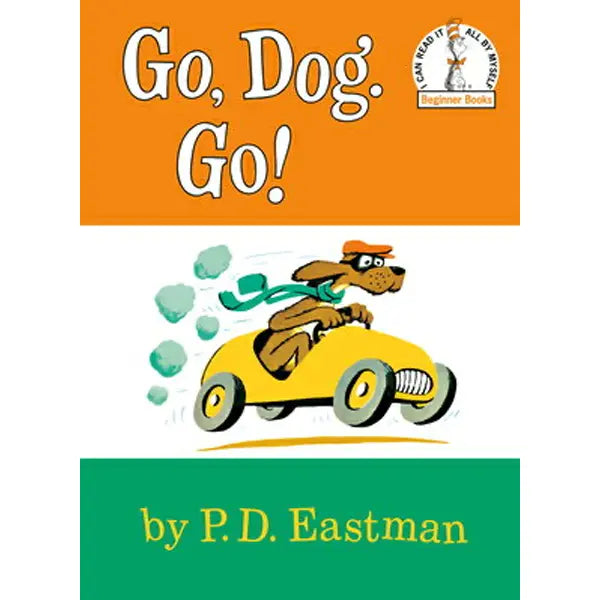
Go, Dog. Go! by Dr. Seuss
Go Dog Go in Amazon #AdA delightful children's book that follows a group of dogs as they engage in various activities and ultimately come together for a big party.
-

Hop on Pop by Dr. Seuss
Hop On Pop in Amazon #AdUses playful rhymes and illustrations to teach young children about basic phonics and encourage early reading skills.
-

In A People House
In A People House in Amazon #AdA fun and colorful book that takes readers on a journey through various rooms in a people's house, showcasing the different objects and activities that can be found inside.
-
Box Set
Here
As an Amazon Associate The Magic Crayons earn from qualifying purchases.
-
Unit 2
Teacher reads page 1 to 9 to the class. Either get the students to write the words and sentences from these pages on strips of paper or you yourself have them prepared beforehand.
Students cut the sentences into individual words and attach a paper clip to each word, scattering the words on the floor. You can put students into groups to divide the writing and cutting fairly.Each child or group has a fishing line with a magnet, and they race to catch the word in a designated order (as you read from the book) or fish out words and then using the book make them back into sentences as in "These are doughnuts". Their books can also be close at hand for a handy reference.
Homework: Self reading of pages 1 to 9 at home. -
Unit 3
Open page 10 and keep the text covered, try to elicit the words from the children. It does not matter how few they get, proceed through to page 13 saying each word as you keep it covered.
Kids read pages 10 to 13.
Teacher calls out random words, kids have to find and touch the right picture or word.
Kids pair up and play this game with each other, taking turns to call out a word.For homework, a little preparation is required: write down a list of words from pages 10 to 13 and photocopy for each student.
Students must read the word and then draw its corresponding picture beside it. -
Unit 4
Teacher read pages 1 to 15 to the class.
Class reads 1 to 15 aloud.
Children make their own mini story book, using their notebooks or folded paper.
They can choose their favourite 7-8 pages from pages 1 to 15. Encourage them to draw the pictures and the text, they can even draw their own pictures for the same words
Depending on time, they can make a start on the pictures and text in class and finish at home.Either way, have them colour it in and read and home for homework.
In the next lesson, have them read their stories to you or the class. -
Unit 5
Read pages 16 to 19 to the class.Students quickly and silently read pages 1 to 19 on their own as a review. As students are reading quickly write a selection of words (or sentences) on the board. You could have this done before the start of class or have some students do it.Draw shapes around each word or sentence. The children take turns to throw or shoot something that sticks to the board.As words are hit, they must write them down, getting points if they can then put their words into sentences or if they can simply read a single word. This will make the children strive to actually read what they are hitting.Students read 16 to 19 for homework.
-
Unit 6
Students read pages 20 and 21.
The teacher can help them sound out any difficult words through l/r or choral drilling.
Students have 2 minutes to re-read all pages in the book so far (1-21).
Close the books and divide the class into 2 teams.
Teams get points for calling out words or sentences from the book. Team A gets one point for calling out "shirt", but Team B can steal the point if they can collectively spell "shirt". The teacher can make it a little more focused instead of just calling out word after word, they could ask for a word that starts with m (marbles, mirror etc.)
Students for homework add to their mini story book started in Unit 4 with any 6-7 pages they like. -
Unit 7
Write up random words or sentences on slips of paper from pages 1 to 23 and place them around various points in the room. Whilst listening to the teacher read pages 1 to 23, they must race to find that slip and collect it.
Afterwards the class collectively reconstruct the story by reading themselves page 1 to 23.
You can make it collaborative, but still competitive as the class have to finish within a time limit or the teacher 'wins'.
Students read through 1 to 23 again with you at the end to check if they could do it.
Homework: Add pages 22 and 23 to their story books. -
Unit 8
Students read the 2nd last page, 25 and try to guess what will happen to the mouse and bird. Draw pictures on the board and/or write up what they say.
Go to the last page and read (26).
Go through the entire book with the class and have them find as many words as they can in the classroom. Alternatively, have a selection of words written on the board, point to them and have the kids find them (such as books, wall, ceiling etc.).
Prepare a crossword puzzle, the clues being pictures from the book. Kids complete as homework by writing in the missing words.
Like it? Share it!
Like it? Share it!
Popular Resources
-
Scythe by Neal Shusterman Library Poster. Free Digital Download.
Vendor:The Magic CrayonsRegular price $1.00 USDRegular priceUnit price per -
MYP Learner Profiles Posters for Design, Robotics, and Computing. Digital Download.
Vendor:The Magic CrayonsRegular price $5.00 USDRegular priceUnit price per -
MYP Learner Profiles Posters For School Library or Any Classroom. Digital Download.
Vendor:The Magic CrayonsRegular price $5.00 USDRegular priceUnit price per -
English Alphabet Phonics Flash Cards | 16 Sets | Digital Download
Vendor:The Magic CrayonsRegular price $3.00 USDRegular priceUnit price per
